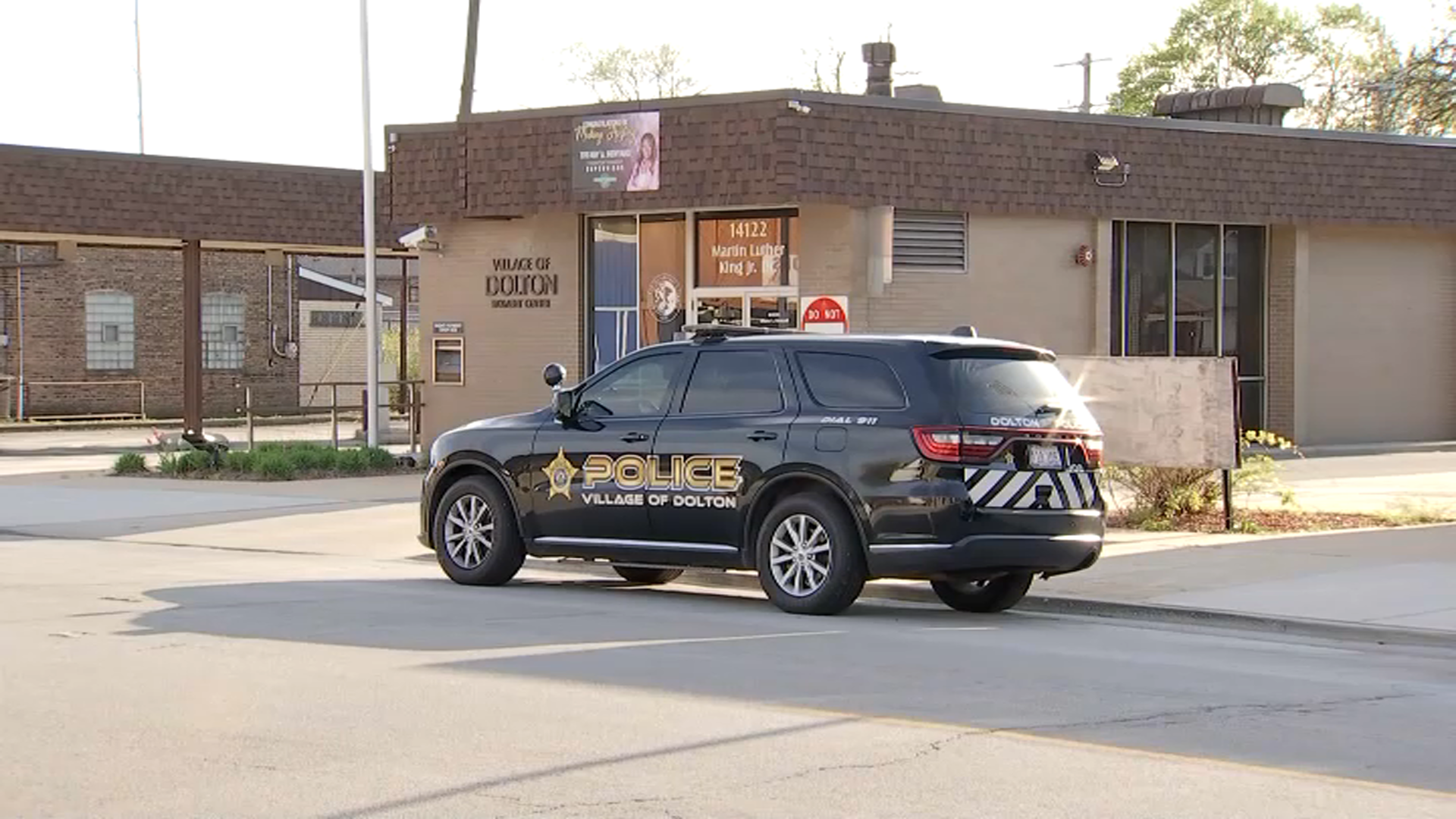People who come down with COVID-19 can experience a wide range of symptoms, with fever, tiredness and cough said to be some of the most common. However, digestive symptoms like nausea, vomiting and diarrhea, as well as others, are reported less frequently, according to the Mayo Clinic.
A study titled "The Roles of Nausea and Vomiting in COVID-19," published in 2021, found both nausea and vomiting aren't uncommon symptoms for children and adults with COVID. Often times, they can appear before other types of symptoms.
So, if you're experiencing nausea, is there anyway to tell if it's related to COVID? What should you do next?
Digestive symptoms, in some instances, may be the first sign someone has contracted COVID. They have been known to develop at the beginning of an infection, with respiratory symptoms possibly following a day later, according to an article from Emerson Health.
Feeling out of the loop? We'll catch you up on the Chicago news you need to know. Sign up for the weekly Chicago Catch-Up newsletter here.
In most cases, patients who have gastrointestinal symptoms with COVID-19 will also exhibit the more common upper respiratory symptoms, including a dry cough or difficulty breathing.
Patients with COVID-19 will likely develop nausea and vomiting before diarrhea, researchers from the University of Southern California said.
But overall, gastrointestinal symptoms are far less common. Approximately 5-10% of adults with COVID-19 report symptoms nausea, vomiting or diarrhea.
Local
If you exhibit such symptoms, that doesn't mean you necessarily have COVID.
Both nausea and vomiting can be related to numerous medical conditions. So, if you suspect you've gotten COVID-19, you'll want to take a test as soon as possible.
Experts do caution patients that the severity, or even the type, of initial symptoms can vary widely by the person. In general, symptoms will typically appear 2-to-14 days after exposure to the virus, according to the Centers of Disease Control and Prevention. Symptoms of the virus include:
- Fever or chills
- Cough
- Shortness of breath or difficulty breathing
- Fatigue
- Muscle or body aches
- Headache
- New loss of taste or smell
- Sore throat
- Congestion or runny nose
- Nausea or vomiting
- Diarrhea



